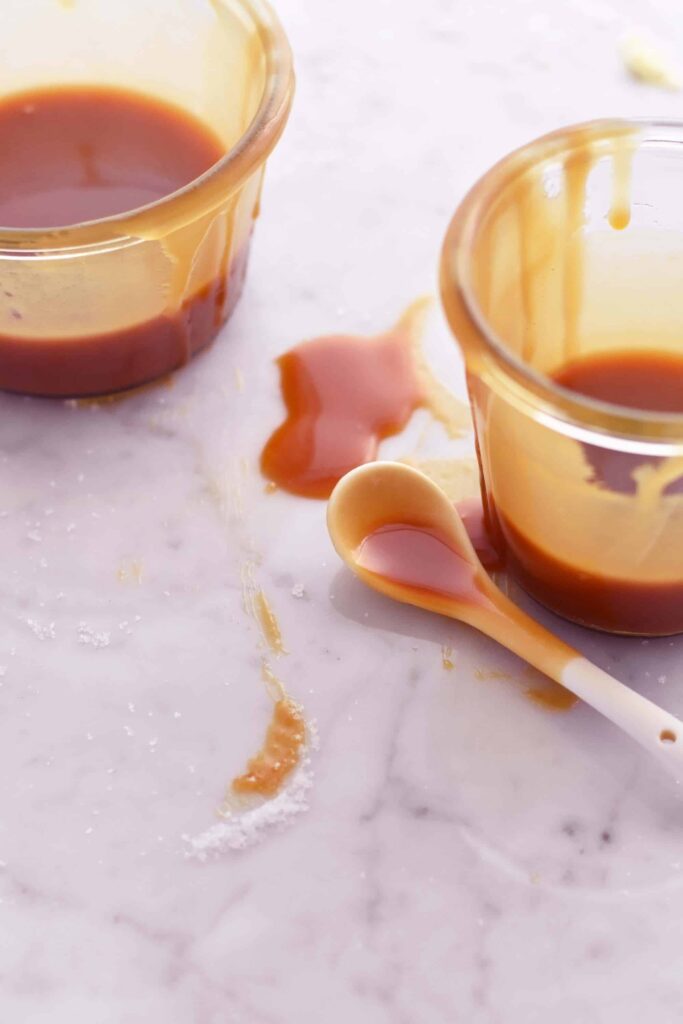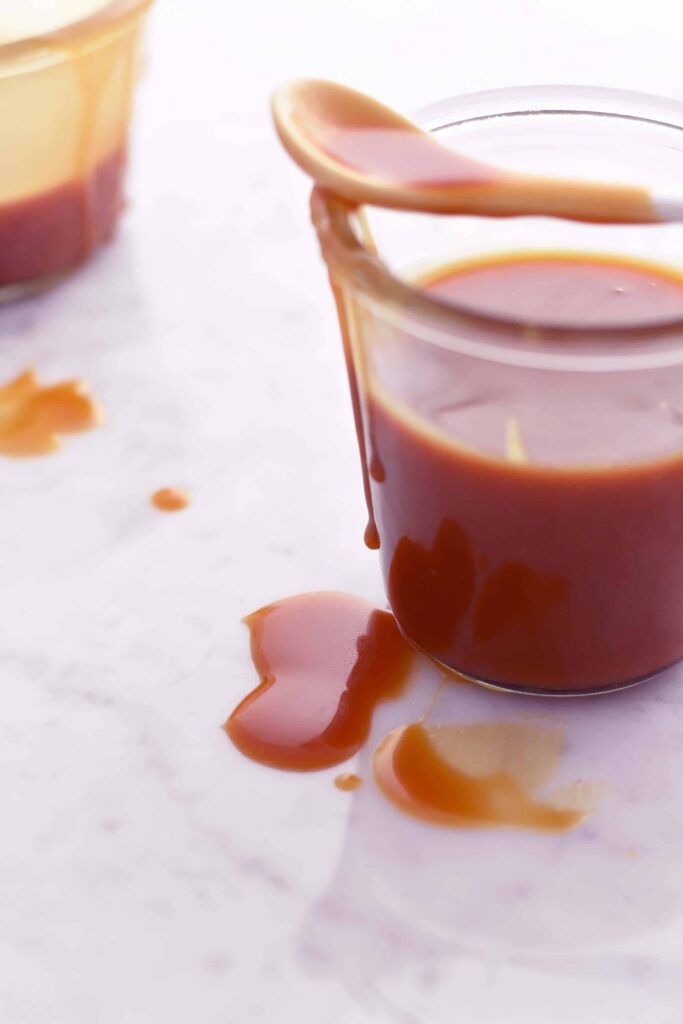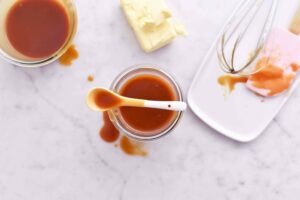Nothing sooo wicked as salted caramel I say! It is something I dread having in my fridge as I can NOT resist it. It is easy to make and OMG so yummmy on ice cream. Have a go at this recipe and ugh, don’t blame me if you are eating it one spoonful at the time. I am also sharing salt guidance : What is the difference between rock salt and sea salt? Is table salt bad for you? Salt mysteries revealed.

WHAT & HISTORY – Salt is a mineral primary composed of sodium chloride, obviously present in seawater and manifested in its natural form in rock salt. For 8000 years salt has played a vital role in preserving foods and is used in cultural and religious ceremonies since the ancient Egyptian pharaohs. In the 6th century it was a priceless commodity when gold was traded for salt. Today it seasons our food, enhancing the flavour and is used in canning and preserving foods. Excessive use of salt can lead to hypertension, so it has gotten a bad rep, it is best to be mindful of the salt content in processed and canned foods.
HOW & WHERE – simply put, salt is either dug out of the ground or fresh water is flushed over a salt deposit or sea water is left to evaporate and deposits are collected. Salt is mined almost everywhere, France is know for its salt pools collecting the king of salt: fleur de sel. The Himalayan region is know for its rock salt layers.
ROCK SALT – Also known as Halite, very simply stated: rocks are formed underground, they are sometimes meters thick as a result of a dried up lake way back when. You may have seen pink salt called Himalayan salt, it is actually mined in the Punjab region in Pakistan. Himalayan Black salt has a bit of an odour due to the high sulfur content, commonly used in South Asia. There is Australian Murray River pink salt, Peruvian pink salt, Persian blue salt from Iran and Red Hawaiian salt. Each has its own unique flavour and texture.
TABLE SALT – Massively produced salt stripped from most its minerals and mixed with an anti-clumping agent. The main difference with sea salt is the texture, taste and processing. Table salt is mined but is not especially better (or worse) for ones health than sea salt.
SEA SALT & FLEUR DE SEL – Sea salt is made by evaporating seawater. Fleur de sel is a type of sea salt mostly produced by France but also the UK , Ibiza, Spain and Portugal . The flakes form naturally and are collected by hand justifying the high price. This salt should be used with care, sprinkle a few flakes just before serving, it will bring a burst of flavour and a bit of crunch. (thank you Noel for the lovely sal de Ibiza)
FLAVOURED SALT – Generally seas salt with an added flavour such as rose petals, lemon rind, truffles, chili, garlic etc etc ( thank you Sarah and Arnaud for the lovely collection)
I have a cupboard full of different salts: Pink Australian and Peruvian salt, brought back from my trips there. French and from Ibiza flavoured salts received from friends and I use them when appropriate but with huge moderation. I love a fleur de sel crunch on my steamed fish but really dislike very salty soups or vegetables, I really don’t use a lot of salt during cooking.

My salted caramel
Yield 1 jar
Ingredients
- 200 gr sugar
- 90 gr salted butter, room temperature, cut in cubes
- 120 ml heavy cream
- 1 pinch of salt
Instructions
- Heat the sugar in a saucepan stirring constantly ( best use a rubber spatula) till it has melted to a thick amber coloured liquid. DO NOT MOVE AWAY from your pot, stay and stir.
- Remove just for a second from the heat to cool it a bit and add gradually the butter, while back ont eh heat and stirring. The caramel will bubble rapidly so keep on top of it, lift the pan form the heat for a second if needed.
- Once the butter is completely melted into the caramel, very very gently stir in the cream, this will make the mixture bubble up again. Be careful, and keep stirring. Allow the mixture to boil for a minute.
- Remove from heat, stir in the salt and allow to cool before serving. Pour into a jar and refrigerate up to 2 weeks. You can reheat it in the microwave if you want to pour it onto ice cream for example.
Notes
on www.leeksandhighheels.com by Sandra Slawinski
Written and photographed by Sandra Slawinski without commercial deals.

